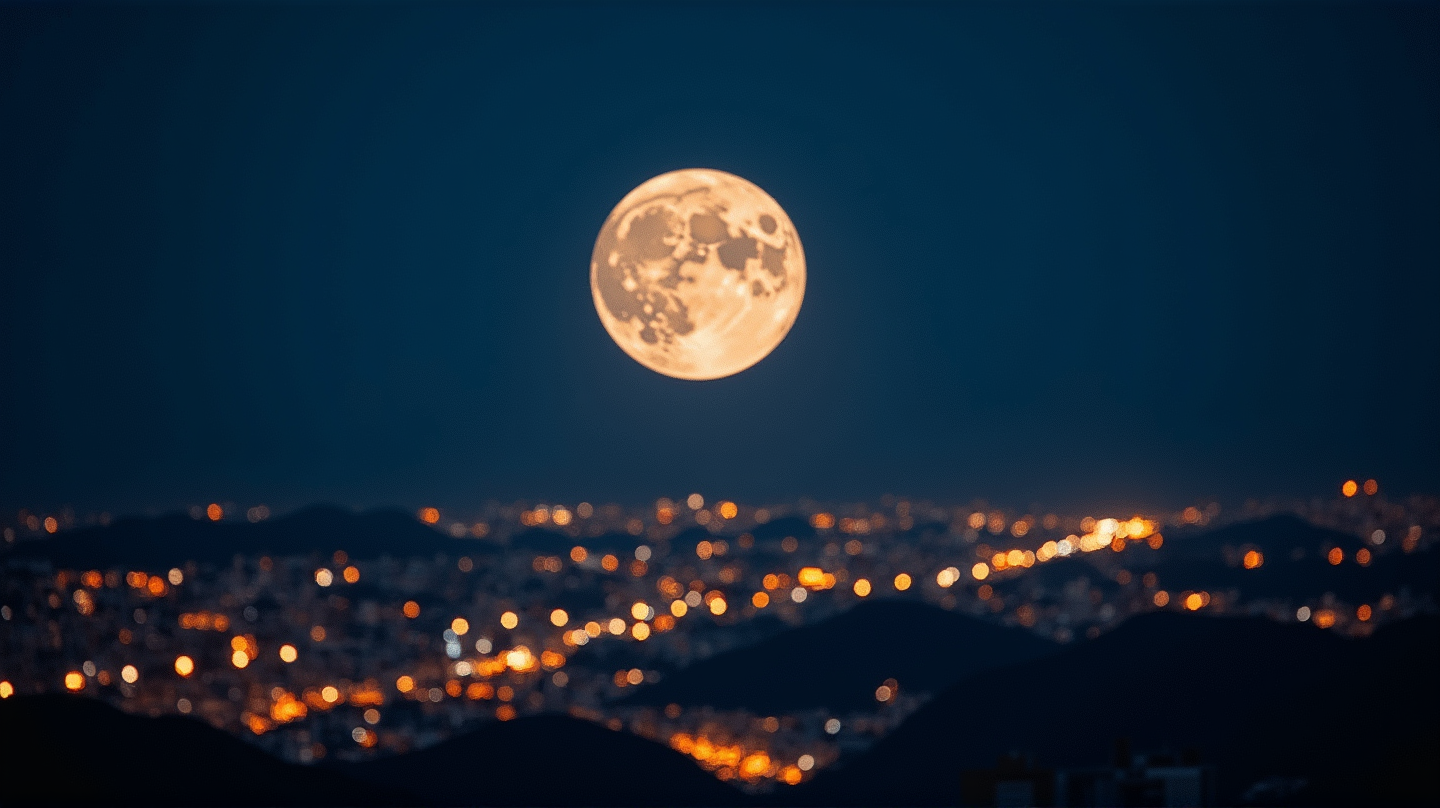In an era where technology reigns supreme, the tranquil pull of the Moon may seem archaic, yet its whispers could still be echoing through our modern lives. According to Earth.com, a compelling study reveals that the human body’s synchronization with the Moon’s cycles—once seemingly harmonious—has now been disrupted, casting doubt on our ancient lunar connection.
A Forgotten Rhythmic Dance
Historically, the Moon’s phases were intertwined with human biology, influencing everything from menstrual cycles to sleep patterns. Research led by Charlotte Förster at Julius-Maximilians-Universität Würzburg reveals how this celestial relationship has been overshadowed by the ubiquity of artificial light. Prior to 2010, there was a notable alignment between women’s menstrual cycles and the full or new moons. However, this alignment has since diminished with modern technological advances, save for the gravitational anomaly in January.
The Moon’s Lingering Influence
It’s not just menstrual cycles that are being driven astray. Studies by Christian Cajochen in Basel and Horacio de la Iglesia in Washington suggest that sleep is also impacted by lunar phases, regardless of whether one resides in the soft glow of rural lands or the stark illumination of urban jungles. The Moon’s cycle seems to have a subtle yet persistent impact on our sleep patterns, a testament to its undying pull.
The Unsuspecting Culprit: Artificial Light
Modern conveniences like LEDs and electronic screens disrupt this nocturnal harmony, casting an overpowering glow that drowns out the Moon’s gentle guidance. Förster’s findings speak to the potency of blue light emitted from these sources, altering reproductive cycles, and potentially impacting fertility and contraception—though a causal link remains to be definitively established.
Bridging Science and Mystery
While the findings suggest a correlation rather than a concrete cause, the implications are vast. They touch on aspects of human physiology that remain tethered to natural cycles, even as we are veiled in a blanket of man-made light. Perhaps our intrinsic “moon clock” has not faded but merely lies dormant, stifled by the overwhelming presence of technology.
To explore these intriguing revelations, the full study awaits at Science Advances, encouraging us to ponder whether beneath the hum of progress, the Moon’s ancient rhythm still ticks silently within us.
